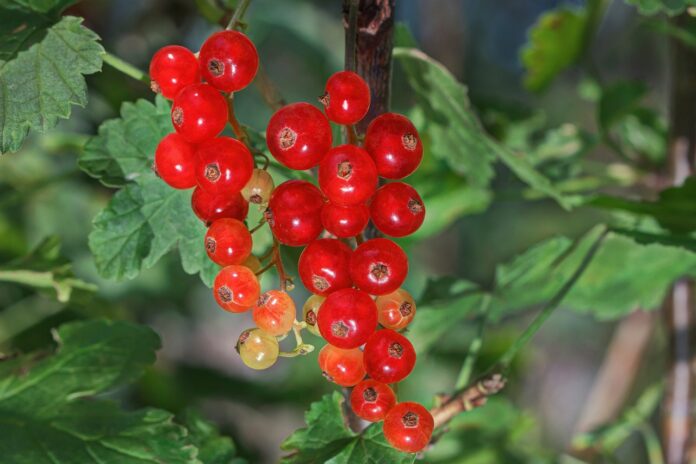Currants are small, nutrient-dense berries that come in several varieties, including red, black, and white, each with unique flavors and nutritional benefits. Native to Europe and parts of Asia, currants have been cultivated for centuries for their health properties and culinary uses. Blackcurrants are especially rich in vitamin C, often containing more than oranges.
Interesting Facts About Currants:
- In terms of records for currants, Russia currently leads the world in currant production, with an impressive annual yield of around 509,500 tonnes, followed by Poland and Ukraine. This ranking demonstrates the popularity and ideal growth conditions for currants in Eastern Europe, where these fruits thrive. Globally, currant production has reached notable levels, with 764,499 tonnes harvested in 2022.
- Currants are packed with vitamin C, often containing higher amounts than oranges, making them a natural immunity booster.
- Blackcurrants are rich in anthocyanins, which have anti-inflammatory properties and can aid in heart health and improved vision.
- The high antioxidant content in currants helps protect cells from damage caused by free radicals, reducing the risk of chronic diseases.
- Currants have been used medicinally for centuries, particularly in Europe, where they were used to treat ailments such as sore throats and fevers.
- Historically, blackcurrants were cultivated heavily in the U.K. during World War II, as they were a valuable source of vitamin C when citrus fruits were scarce.
- Red, black, and white currants each have unique flavors: red is tart, black has a deep and rich flavor, and white is milder and sweet.
- In the U.S., blackcurrant cultivation was banned in the early 20th century due to its role in spreading a fungus that harmed pine trees. The ban has since been lifted in many states.
- Currant leaves and berries are traditionally used in herbal teas for their diuretic and antioxidant effects.
- Currants provide nectar for bees early in the season, making them valuable for pollinators and ecosystems.
- The name “currant” originates from “Corinth,” a Greek city where small dried grapes, similar in appearance to currants, were first traded.
- The currant bush can produce fruit for up to 20 years, making it a sustainable choice for gardeners.
- Currants are low-calorie, with only about 44 calories per 100 grams, making them an ideal snack for weight management.
- The large pectin content in currants is helpful in making jams and preserves, as it provides natural gelling.
- Currant berries and leaves contain tannins, which are known to have antimicrobial and anti-inflammatory effects.
- Some currants are grown in China and have been domesticated into the kiwi fruit, showing a close genetic relationship.
- Currant berries have a high iron content, which supports red blood cell production and helps prevent anemia.
- Currants grow well in cool climates and can thrive in northern regions, tolerating partial shade and a variety of soil types.
- France and other European countries have long incorporated currants into their culinary traditions, including wines, syrups, and pastries.
- Currant bushes were first documented in 1536 and have since been part of traditional medicine and culinary recipes worldwide
